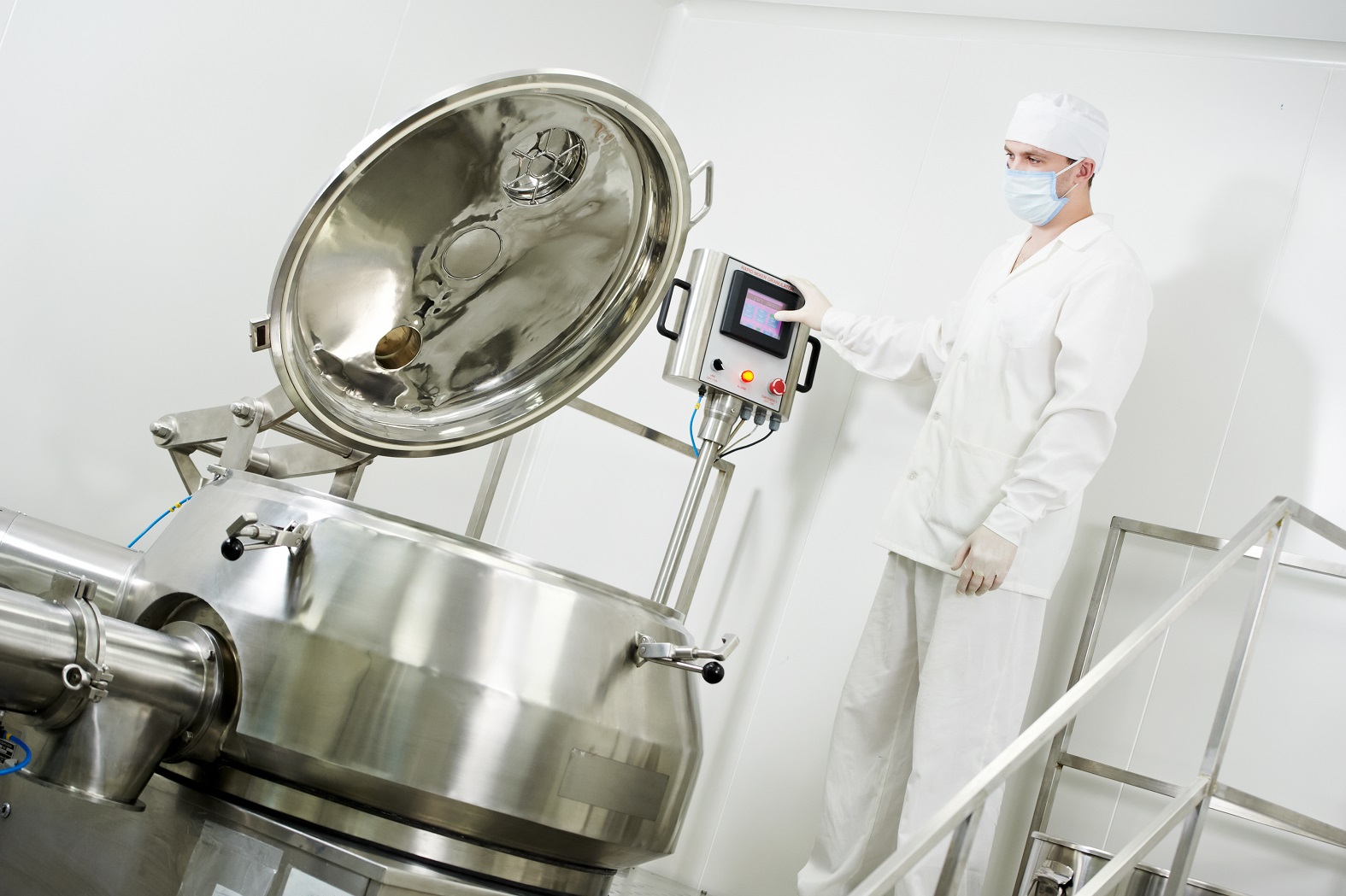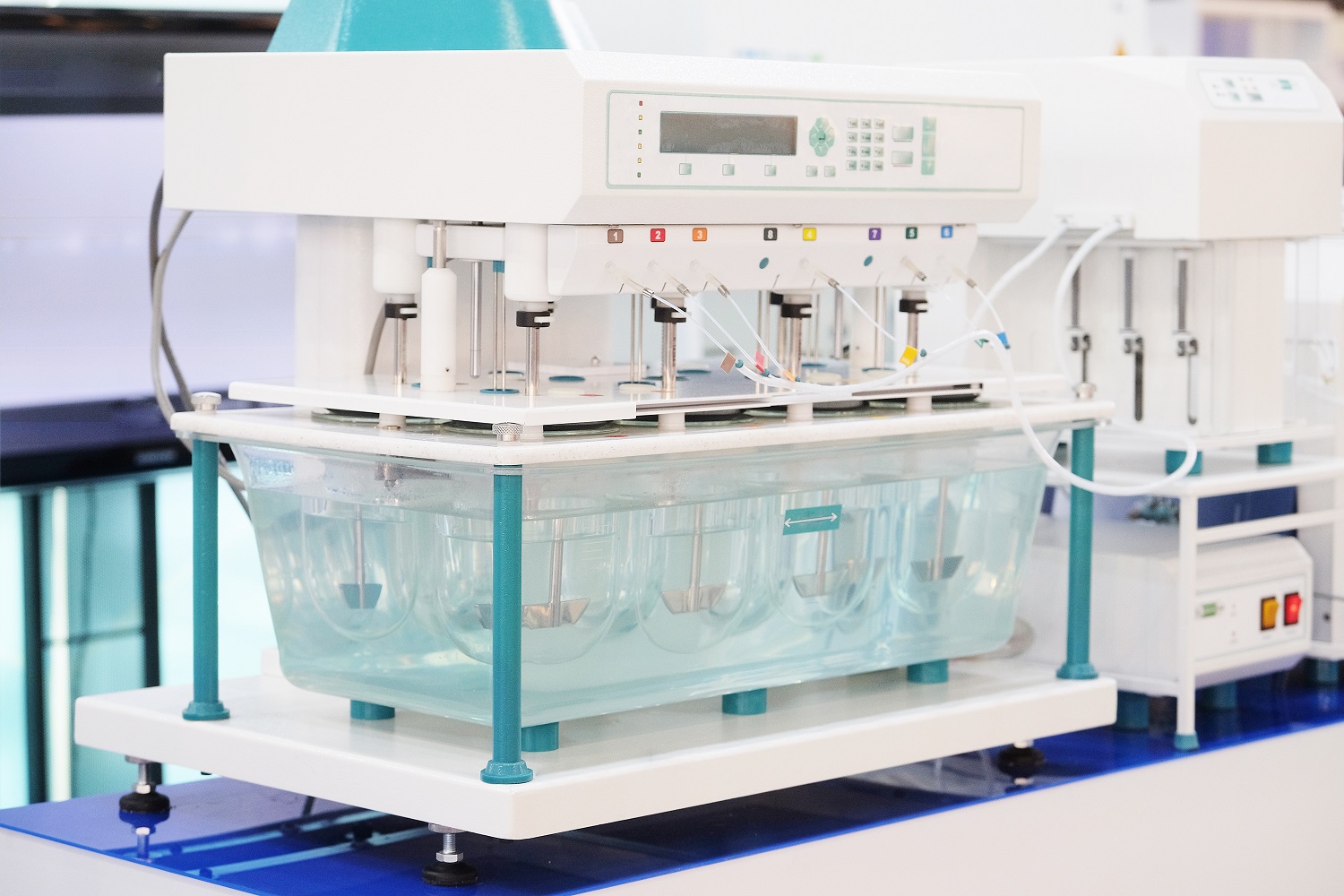
Revised guideline on manufacture of the finished dosage form (Part II)
- 7 декабря 2017
- bulk, CPP, CTD, hold time, RTRT, готовая продукция, готовый препарат,
On 14 August 2017, the European Medicines Agency (EMA) published revised version of Guideline on manufacture of the finished dosage form. This revised document will become effective on 14 February 2018.
We have already informed on our website about a draft of the revised guideline published by the European Medicines Agency (EMA) for public consultation about two years ago.
Under “Description of Manufacturing Process and Process Controls”, the revised guideline puts emphasis on criticality of process parameters.

Where criticality is assigned to process parameters, the description of the process parameters should not only be restricted to critical process parameters (CPPs), but also to those parameters important for manufacturing process consistency. Non-critical process parameters and also parameters for which the impact on quality attribute cannot be ruled out and which are considered to be important for the execution and/or the consistent performance of any particular process step, and consequently its output, should be described at an appropriate level of detail. A well described manufacturing process is essential to understand what is critical and what is supportive. Any information which is considered to be purely supportive should be justified and clearly identified.
Comparing to a draft guideline, under “Controls of Critical Steps and Intermediates”, revised version of document emphasizes also complex control strategies. For complex control strategies (e.g. use of models for process control, continuous manufacturing), emphasis should be given on the frequency of in-process controls and it should be clearly stated how release testing and product release decisions are made. Information of how unexpected deviations from the approved manufacturing process would be detected and managed should be provided to assure that the intended quality of the product is retained.


This section includes definitions of intermediate and bulk product:
- an intermediate product is defined as partly processed material that must undergo further processing steps before it becomes bulk product e.g. solution prior to filling, granulates, uncoated tablets etc., while
- a bulk product is defined as any product which has completed all processing steps, up to but not including, final packaging
and explains that manufacturing process generally involves a series of unit operations, where intermediate product is processed to become bulk product.
In some cases, the intermediate may be stored, and if necessary, transported in a suitable container before further processing. It may also be subject to confirmatory testing prior to further processing to confirm that quality attributes have not changed and therefore any additional testing details should be provided. Hold time validation for the storage of intermediate product is a GMP matter and normally need not be presented routinely in the application for a marketing authorisation. However, some specific types of products (e.g. sterile products, biological products) may require presentation of data relevant to the type of product and this should be taken into consideration depending on the characteristics of that particular product.
It should be stated whether storage is required before final packaging and if so, under what temperature, humidity or other environmental conditions. The level of information to be provided in the documentation is dependent on the nature of the bulk product.




